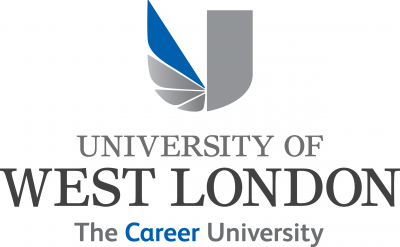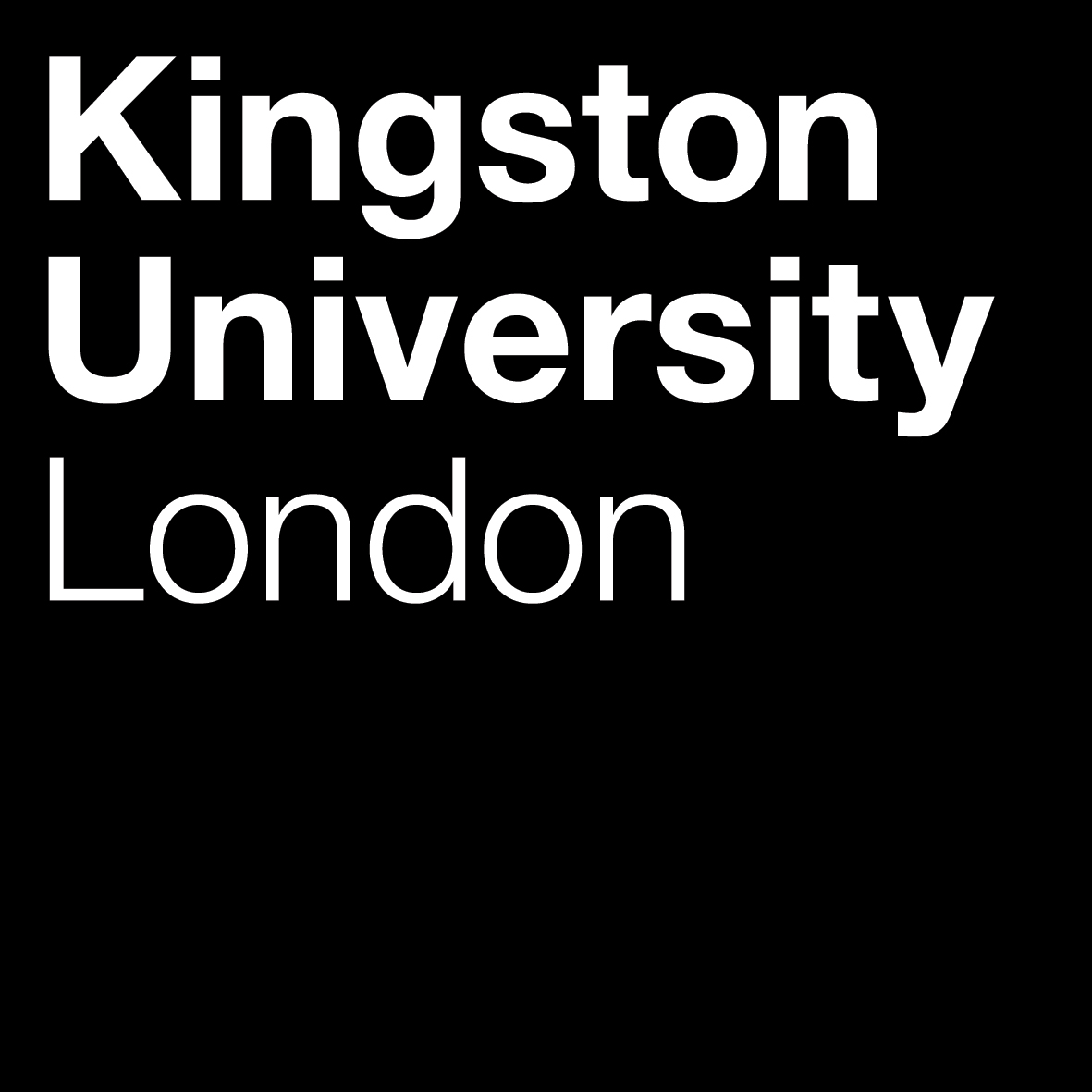1st February, 2023
Transitioning Beyond Academia
Dr Gemma Outen
6th October, 2022
Molly Shepherd and Elizabeth Woolley, Founders The Creative Comfort Company
The world of digital arts in health is an exciting place to be working within, there are many interactive, digitally-based project possibilities that we are excited to explore with our organisation Creative Comfort. We are formed of two practitioners Molly Shepherd and Elizabeth Woolley and we both met in our final year of our BA (Hons) degree in Drama Applied Theatre and Education with The Royal Central School of Speech and Drama. At the time we both were on a 3 month placement with Dr Nicola Abraham (Senior Lecturer in Applied Theatre Practices) and the Dementia Care Team from Imperial College Healthcare NHS Trust on their partnership projects called Innovating Knowledge Exchange (IKE).
Molly and I were working as Collaboration Advisors alongside Nicky and the team. The IKE projects are “applied theatre interventions designed specifically to support patients living with dementia and offer cognitively stimulating, bespoke workshops during their hospital stay” (Innovating Knowledge Exchange, 2022). The digital projects Molly and I collaborated on with the IKE team introduced us to our area of expertise (immersive digital arts within healthcare) and allowed us both the space to learn about, and experiment with the various ways digital technology can help improve the quality of life for older adults living with dementia. Importantly it was during this initial three month period with Nicky and the IKE team, that Molly and I were introduced to Twine, an interactive free online software that can create choice-based experiences and stories. We have been using Twine to tell accessible choice-based stories and we want to share some of our reflections and lessons in this post.
Over the past 9 months we have created 2 projects on Twine and have another in the works with our organisation Creative Comfort, which was formed earlier this year to enable us to continue to advance the boundaries of what playful technologies can offer people in healthcare contexts. Our practice with Creative Comfort is “digital applied theatre based, with an emphasis on creating moments of joy and empowerment for our participants. We create bespoke interactive experiences with people in healthcare environments; including games, collaborative workshops, VR 360 videos and more” (The Creative Comfort Company, 2022A). Each of our Twine based projects built on the lessons we learned from the previous project and sought to advance what we could create with Twine into new areas.
Our first Twine project was one for the participants of an IKE project called Auchi Street. Auchi Street is a film based project developed by the IKE partnership that takes place on a dialysis ward with people who are either living with dementia and/or undergoing dialysis (Abraham and Ruddock, 2022). Molly and I collaborated with the IKE team (including Nicky and her colleague Victoria Ruddock), a team of MA students from The Royal Central School of Speech and Drama and 9 incredible participants to create a bespoke film called “The Battle of the Time Fighters”. Molly and I created an interactive version of the film that the participants could play through. We created 4 alternate endings for all 12 characters within the film, with Nicky’s IKE colleague Digital Theatre Consultant Mel Frances helping us structure our idea on Twine. We created new audio sections for all the characters and played with the idea of non-linear storytelling – a story that does not go in chronological order – and linear storytelling – stories that are in chronological order – being included in the same game.
The final game for The Battle of the Time Fighters ended up being simple but effective, allowing participants the autonomy to choose characters and control them. However, we realised the participant experience we aimed for fell short of our aspirations as we were unable to refilm different character endings, so they all ended up being audio based. This does not mean audio based experiences are not useful or valid for participants within healthcare environments but Molly and I knew that the participants of Auchi Street engaged better with videos and images. Because of this we knew that certain elements of our game were going to be less engaging and this was something we wanted to improve within our next project.
While The Battle of the Time Fighters was fun to create and allowed us to learn how to use Twine to tell stories in new ways, we were keen to experiment with a more immersive experience for participants. We knew that “the digital realm can enhance interaction and playfulness by its very nature, which allows for spontaneity, improvisation and instantaneous creative responses” (Abraham 2021). This idea of digital spontaneity and improvisation spurred Molly and I on to look further into what we could create on Twine. We devised an idea for a nature based adventure game that focused heavily on immersive imagery, sounds and videos to help alleviate the boredom that can often be faced in hospitals (see Alzheimer’s Society 2022 and Abraham 2021). We named our game Adventure to reflect the themes of exploration, immersivity and escapism that were present throughout the game. We implemented wellbeing aims into our game as prior research suggested that escapism, autonomy and excitement around food were resulting in an increase in wellbeing for participants (see Abraham et al 2020, The Creative Comfort Company 2022B and DementiaUK 2022). Adventure was also brimming with nature-themed videos, pictures and soundscapes as we knew from the World Health Organisation (WHO) that being able to see nature and be outside in a green space “can promote mental and physical health, and reduce morbidity and mortality in residents by providing psychological relaxation and stress alleviation” (2016).
We also focused on ensuring our game could be made bespoke to participants’ needs, with the framework we created being able to be altered to suit food tastes, favourite places, songs and more. We played with how the participants could use Adventure to tell stories. Unlike The Battle of the Time Fighters, there was no structure to the story within Adventure, it’s left up to the participants to interpret as they choose. We hoped this would add a bespoke nature to the project and increase the joy and autonomy experienced by Adventures participants. In the future, we want to create projects around Adventure, seeing how we could use the structure, images, sounds and videos already in place to facilitate new stories and ideas being created with participants. We also hope that staff within wards will be able to use Adventure with patients, as we know facilitators being in hospitals may not be possible should COVID rates rise again.
Our third project is currently being developed with help from Mel Frances. Nicky has kindly allocated funding for us from her IKE project (which is jointly funded by Research England and the Office for Students). The funds Nicky has allocated supports two business mentors for Creative Comfort to help us achieve our goals and incorporate as a Charitable Incorporated Organisation (CIO) by the end of 2023. Our latest project, MAGIC, combines the success of the characters and storytelling structure within The Battle of the Time Fighters and the immersive elements within Adventure to create a bespoke hybrid project. Set in a fairytale land, participants will choose and create their own magical characters and play through an escape room and process drama combination with us to save some magical researchers that have vanished seemingly without a trace.
There are many different ways to define what a Process Drama looks like in practice. For us, it’s a form of immersive storytelling as an interactive workshop where the facilitators stay in character and guide the participants through a series of tasks to reach an end goal. By combining this concept with an escape room – which is typically a game and puzzle based experience where the players have to work together to escape a room they have been locked in – we are hoping to create a unique experience for our participants that focuses on collaboration, kindness and joy. We’ll combine the game, puzzle and collaborative elements from the escape room and the storytelling, interactive, immersive elements of the process drama to create an accessible experience. MAGIC’s Twine elements will be unlike anything we have done before, focussing on escape room style games within a collaborative story structure. The process drama/escape room elements will combine with our in person facilitation, culminating in what we hope will be a fun, immersive workshop. Process Dramas tend to have an element of social lessons hidden within them, from learning about prejudice within a Harry Potter based workshop, to learning about kindness in a space based exploration, there’s endless possibilities. Within MAGIC we want to subtly include lessons around inclusivity, kindness and accepting our differences in the hopes that we could get our participants thinking about how we treat each other. We are also experimenting with how we can create puzzles and other interactive games within Twine and are aiming to have a trial of MAGIC ready for participants by mid 2023.
Throughout our journey learning about Twine and the possibilities the software holds, we’ve learnt just how vital it is to stay responsive to our participants’ needs and continue to place them at the centre of our work as equals. Creative Comfort projects are reciprocal in practice; we ensure that we are all sharing stories and life experiences together as a group, not merely asking questions to subtract information. We place value on reciprocity as it helps us to ensure that collaboration, joy and curiosity stay at the heart of our work. We’re also experimenting with how we can create bespoke Twines for anyone within hospitals and are keen to learn more about how to add new immersive elements (namely VR360 videos) into our projects to create new ways for participants to interact with immersive technology within healthcare settings. The future for digital arts in health is bright and vibrant and we are excited to see what the future holds for Creative Comforts practice.
Bibliography:
Abraham, N and Ruddock, V (2022) ‘ Supporting Patients Living with Dementia during a pandemic: Digital theatre and educational spaces’. New York: Lived Places Publishing.
Abraham, N (2021) ‘The Pedagogy of Reciprocity in Digital Applied Theatre Practice: The antithesis to unjust responses to the COVID-19 pandemic that have devalued and ignored the rights and lives of older adults living with dementia’ WELFARE E ERGONOMIA, Issue 2. Available at: https://www.francoangeli.it/Riviste/Scheda_Rivista.aspx?idArticolo=70406&lingua=EN (Accessed 17/08/2022)
Abraham, N et al. (2020) ‘ Wonder VR: Interactive Storytelling through VR 360 Video with NHS Patients Living with Dementia’ Contemporary Theatre Review, Volume 30, Issue 4. Available at: https://www.tandfonline.com/doi/full/10.1080/10486801.2020.1812591 (Accessed 10/08/2022)
Alzheimers Society (2022) How to Support a Person with Dementia During a Hospital Stay. Available at: https://www.alzheimers.org.uk/get-support/help-dementia-care/during-hospital-stay (Accessed 12/08/2022)
DementiaUK (2022) ‘Eating and drinking for a person with dementia’. Available at: https://www.dementiauk.org/get-support/maintaining-health-in-dementia/eating-and-drinking/#cause (Accessed 17/08/2022)
Innovating Knowledge Exchange (2022) ‘Home’. Available at: https://www.innovatingknowledgeexchange.co.uk/ (Accessed 17/08/2022)
The Creative Comfort Company (2022A) ‘Our Work’. Available at: https://www.thecreativecomfortcompany.com/our-work (Accessed 17/08/2021)
The Creative Comfort Company (2022B) ‘Creating Adventure’. Available at: https://www.thecreativecomfortcompany.com/post/creating-adventure (Accessed 10/07/2022)
The World Health Organisation (2016) ‘Urban green spaces and health: A review of evidence’. Available at: https://www.euro.who.int/__data/assets/pdf_file/0005/321971/Urban-green-spaces-and-health-review-evidence.pdf (Accessed 10/08/2022)
You've been waiting for it and our May newsletter is here! -> bit.ly/3M9ICG6 pic.twitter.com/Iug9eWimQQ





